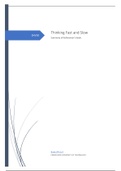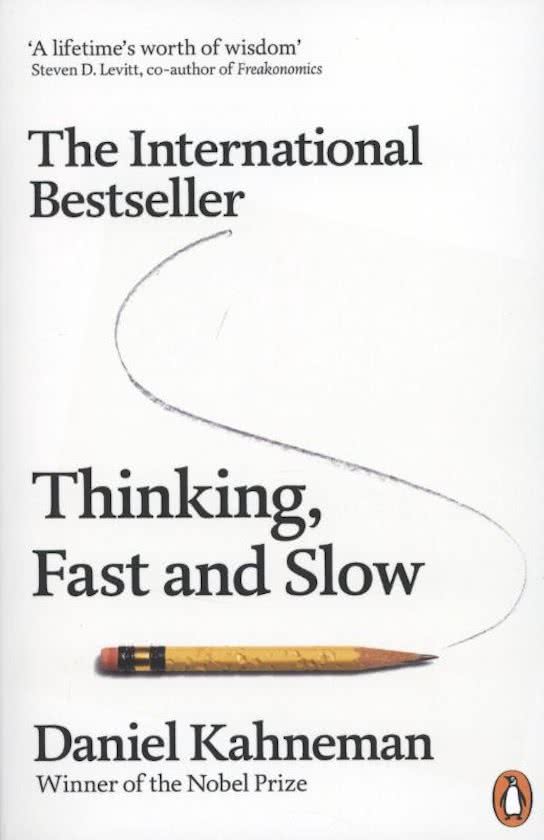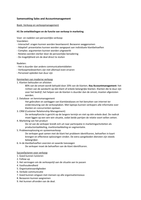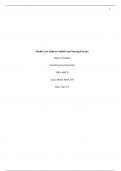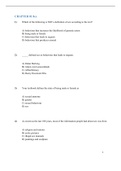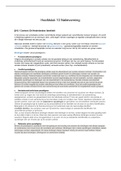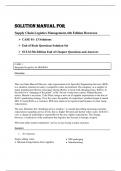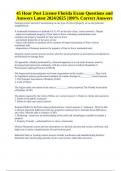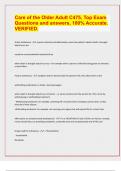Samenvatting
THINKING & DECIDING: EXTENSIVE SUMMARY OF BOOK (THINKING FAST AND SLOW) + LECTURES
- Instelling
- Technische Universiteit Eindhoven (TUE)
*** Summary of the Kahneman-parts of the course "Thinking & Deciding". All chapters are summarized and the lectures about this book are also summarized together. ***
[Meer zien]
